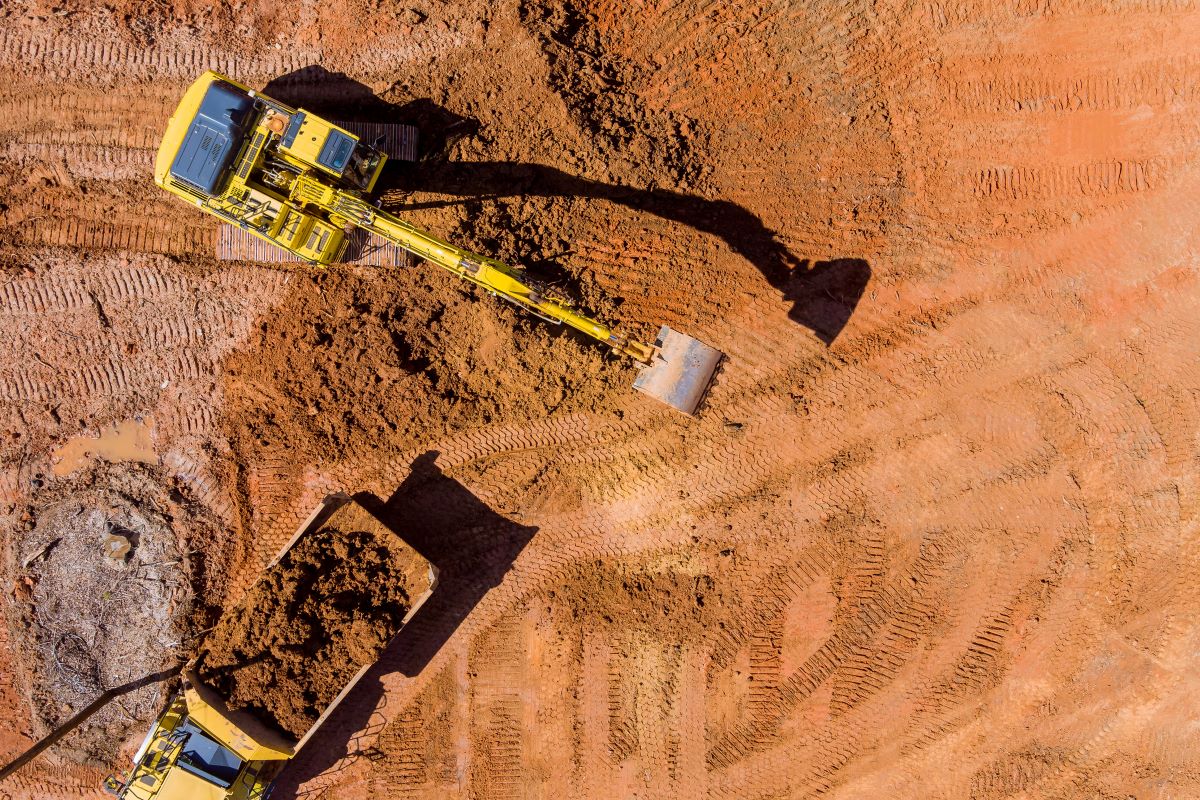
Overview
Arafura Rare Earths Limited is an ASX-listed Australian mineral exploration company developing the Nolans Rare Earths Project, 135km north of Alice Springs in the Northern Territory. The rare earth mine and processing operation is of global significance as it is set to become a major supplier of critical NdPr oxide to the global NdFeB permanent magnet market.
Four months prior to commencing early construction, Arafura engaged ARMS Reliability to conduct an Availability and Capacity Study for the Nolans Project. At the time, the company had a high-level understanding of availability and capacity. However, before breaking ground, it needed to carry out due diligence using a model details analysis to confirm these findings.
As an outcome of the engagement, ARMS Reliability provided Arafura with a Reliability Block Diagram (RBD) model for ongoing scenario assessment.
The RBD model predicted initial high-level plant availability of 95% — 10% over the company’s initial target. It also found that each work breakdown structure system would reach target capacity. These predictions were based on a detailed system model and conducting 1,000 simulations, allowing the company to trust in the initial findings and confidently proceed in breaking ground.
Challenge
In addition to confirming availability and capacity for the Nolans Project, Arafura needed to uncover any single points of failure that could impact production goals. This required thorough analysis of the plant’s main availability line where raw product will flow through several processes and equipment types.
Some of this equipment will be operated under corrosive or abrasive conditions, which had to be factored into the associated failure data and simulations to understand performance across a 30-year operating period.
ARMS Reliability was also tasked with identifying where further reviews could be conducted to better understand and mitigate potential contributors to downtime.
Solution
The solution delivered by ARMS Reliability centred around the development of an RBD, generally used to represent a system, including its subsystems and components, in such a way that equipment failure rates, operating philosophies and maintenance strategies can be quantitatively assessed in terms of their expected impact on system performance.
Accuracy of an RBD model is key to the accuracy of projected performance; because of this, ARMS Reliability led a series of workshops to gather data and ensure the plant design was accurately depicted.
The data gathered included a mechanical equipment list, process flow diagrams, preventative maintenance information, heat and mass balance, a Nolans Project buffer diagram, and a tank list. High importance assets and potential bottlenecks were also identified through the workshops.
To conduct its analysis, ARMS Reliability fed the collected data into a software program that emulated how the plant and its systems might perform in real life at defined times, based on specific scenarios.
Outcome
ARMS Reliability cycled the simulation through 30 years of operation, running it 1,000 times to reduce statistical variance. This resulted in a mean capacity error of +/- 0.03%.
The results showed higher availability and capacity than initial findings and because of the reduced statistical variance and low margin for error, Arafura was able to trust in their accuracy. Arafura also gained added insight into what was behind the numbers, including a list of the top 20 predicted contributors to unavailability (in hours) and total downtime importance (in hours).
Addressing these issues could potentially save Arafura hundreds of thousands of dollars across the asset life, and ARMS Reliability has provided recommendations on how this may be achieved. These include recommendations to build in further redundancy within individual processing areas, and clarity around necessary preventative maintenance which can be further refined upon go-live to accurately represent plant operations.
“The work carried out by the ARMS Reliability team in collaboration with our design engineers Hatch and our in-house engineering team has provided a solid foundation on which Arafura can have confidence in the design delivering on the expectations outlined in all our previous work," Arafura General Manager Projects Stewart Watkins said.
"Building on this into the future as we commission and operate the Nolans Project will provide a springboard to de-bottlenecking the processing facility and maximizing the return on the asset.”
An important part of ARMS Reliability’s mission to “make reliability a reality” is to help customers build long term in-house capability. Accordingly, ARMS Reliability has equipped Arafura to do further modelling internally as the Nolans Project is developed and further equipment details are confirmed.
ARMS Reliability will continue to work with Arafura to refine internal knowledge and capability. As the Nolans Project is further developed and assets are potentially changed and altered, the RBD study can also be easily updated to mirror these scenarios.

Questions? We can help.
Since 1995 we've been helping companies get more value from their assets and deliver the right balance of cost, risk, and performance.
Contact UsStewart Watkins, General Manager ProjectsThe work carried out by the ARMS Reliability team in collaboration with our design engineers Hatch and our in-house engineering team has provided a solid foundation on which Arafura can have confidence in the design delivering on the expectations outlined in all our previous work. Building on this into the future as we commission and operate the Nolans Project will provide a springboard to de-bottlenecking the processing facility and maximizing the return on the asset.
Arafura Rare Earths Ltd

